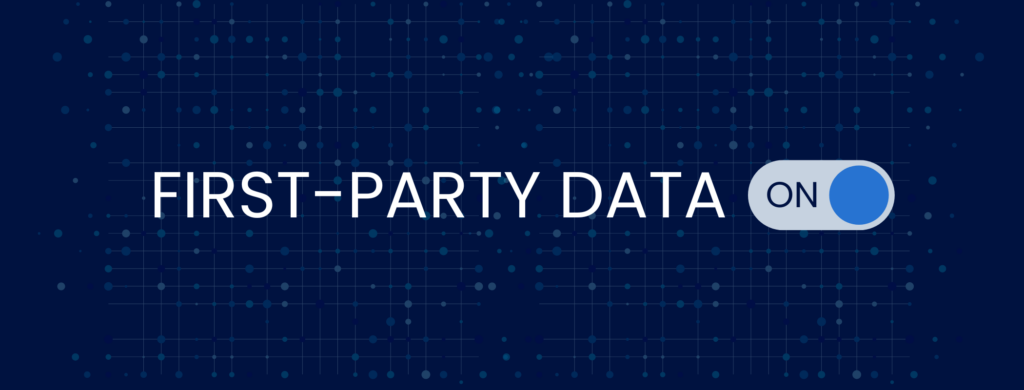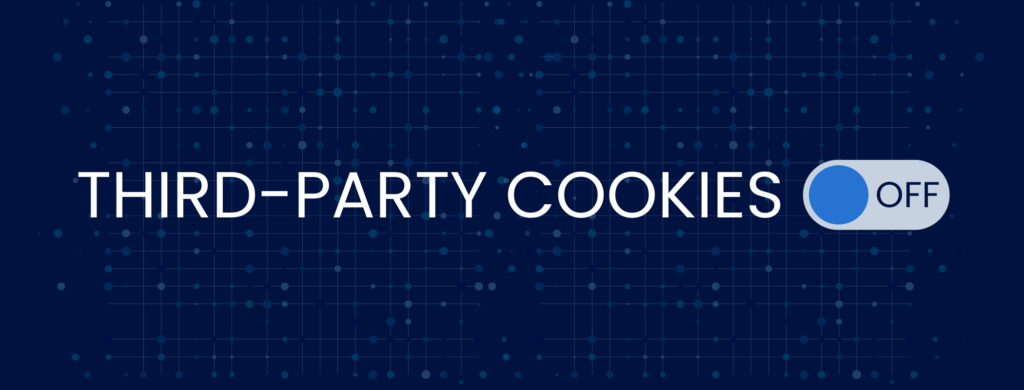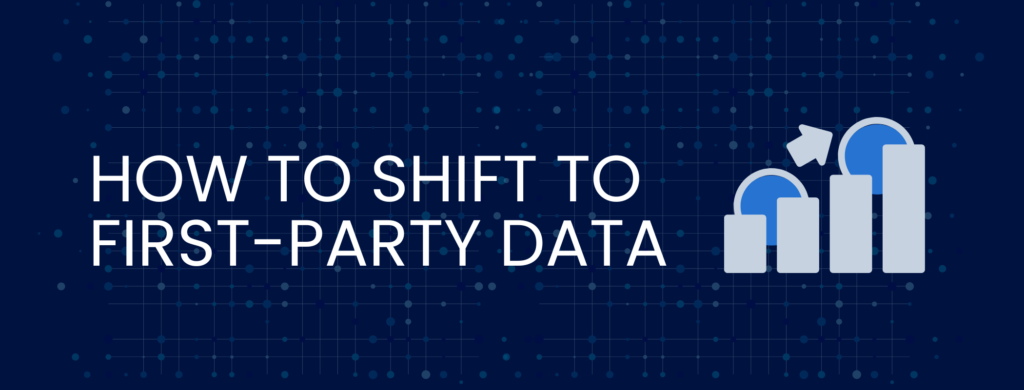Five tips for marketers for the upcoming phaseout of third-party cookies
Google has given mixed messages about third-party cookies. Initially, it was reported that they would remove them altogether, but they delayed that implementation and now say they’ll give users the option to turn them off. Either way, Google manages over 60% of U.S. search queries, and getting rid of third-party cookies could majorly affect online advertising, user privacy, and digital marketing strategies.
Third-party cookies are small data stored by websites on a user’s browser and are commonly used to track user behavior across different websites. Since the late 1990s, marketers have used third-party cookies as a critical tool to track users’ online activity, target advertising, and personalize content. But in today’s more privacy-conscious digital world — where consumers demand more transparency about how businesses track and use their data — marketers must overhaul strategies that rely on third-party cookies.
Here are five things you need to know about moving forward with digital marketing strategies in the cookieless digital landscape:

1. Your customers probably view this as a win for user privacy.
For years, third-party cookies have harvested a wide range of data, including sensitive information such as IP addresses, demographic information, search and browser history, and other private information. Implementing cookieless data gives users more control over their online data, which your customers likely view as a good thing, even though it creates new challenges for targeted advertising.
2. Cookieless data ushers a shift to collecting first-party data.
Many companies have been gathering first-party data — information that a company collects directly from users via its website, emails, or apps — long before the impending demise of third-party cookies. While third-party data segments are large, they aren’t always accurate. First-party data empowers brands to build more personalized and data-driven campaigns for customers based on known behaviors and preferences. These may be smaller segments, but they’ll be more aligned with the advertiser’s intended target, leading to a better return on investment.
Accordingly, companies that have focused on building direct relationships with known users and collecting data from their own channels will be well-positioned to weather this seismic change. In addition to owning this valuable information, the use of first-party data can foster more transparent and mutually beneficial relationships between brands and customers.
3. Many companies have started this transition to first-party data collection, but if you haven’t, it’s not too late to start — yet.
Safari and Firefox started limiting and eventually blocking third-party cookies years ago. Taking note, forward-thinking companies started moving away from third-party cookie reliance, collecting first-party data, and developing innovative, privacy-centric technologies for ad targeting and measurement. However, research shows that most companies have yet to adapt to the new landscape, but they will need to act quickly (more on that later).

4. Moving away from third-party data aligns with global and regional privacy regulations and offers an improved user experience.
The shift to cookieless aligns with increasing privacy regulations, such as the General Data Protection Regulation (GDPR) in Europe and the California Consumer Privacy Act (CCPA) in the United States. Adapting to these changes helps companies comply with evolving privacy standards so your content can reach wider audiences.
Another benefit of cookieless data is that users may experience faster loading times and improved website performance due to reduced tracking activities. Without the overhead of managing third-party cookies, websites may become more streamlined and responsive, which will likely result in better user engagement.
5. Transitioning to first-party data will change the way marketers measure success.
Marketers may struggle to accurately measure and attribute the success of their online campaigns without the granular tracking provided by third-party cookies. Developing alternative methods for campaign measurement will be crucial for marketing effectiveness.

Ready to make the move to first-party data?
The impact of cookieless data is multifaceted, with challenges and opportunities for various stakeholders in the digital ecosystem. Advertisers, marketers, and technology providers are actively adapting strategies to navigate this changing landscape while prioritizing user privacy.
If your company hasn’t transitioned to collecting first-party data, don’t panic! It’s not too late, but you need to get started. The move to first-party data will require several steps, including:
- Auditing existing data collection and usage practices to understand your company’s reliance on third-party data and how you’re using it in marketing campaigns, customer insights, and analytics.
- Strengthening customer touchpoints by optimizing user experience on your website/apps to encourage engagement and data sharing. Be sure to be transparent with customers about data usage and consent.
- Incentivizing data sharing by providing value in exchange for customer data — personalized content, discounts, loyalty rewards — and creating engaging opt-in experiences for newsletters, memberships, and loyalty programs.
- Leveraging technology that can track customer interactions and consolidate data into unified profiles within your customer data platform (CDP).
- Developing first-party data collection strategies by offering interactive content — surveys, customer feedback tools, etc. — and use analytics and A/B testing to learn which strategies provide the most valuable data for your company.
- Establishing data governance protocols compliant with privacy regulations to ensure data quality and consistency, including a quality control plan to regularly clean and update customer data to maintain accuracy and usefulness.
At Endeavor Business Media, we do not rely on third-party cookies for ads or audience extension services through our brands’ websites. To help our customers effectively reach specific audience segments, we target our ads to specific sites or to specific channels or content on a site. To read more about Marketing Solutions’ practice of using first-party data, click here.
If you enjoyed this content and want marketing know-how delivered straight to your inbox, you’ll love our Marketing Minds newsletter. Sign up here!


![[Free Guide] 7 B2B Targeting Strategies to Reach High-Value Buyers More Effectively](https://marketingsolutions.endeavorb2b.com/wp-content/uploads/2025/05/Blog-photos-1-400x250.jpg)
![[Webinar] How to Stay Ahead in Automotive Marketing: Key Trends and Strategies for 2025](https://marketingsolutions.endeavorb2b.com/wp-content/uploads/2025/05/IMR-Webinar-400x250.png)
